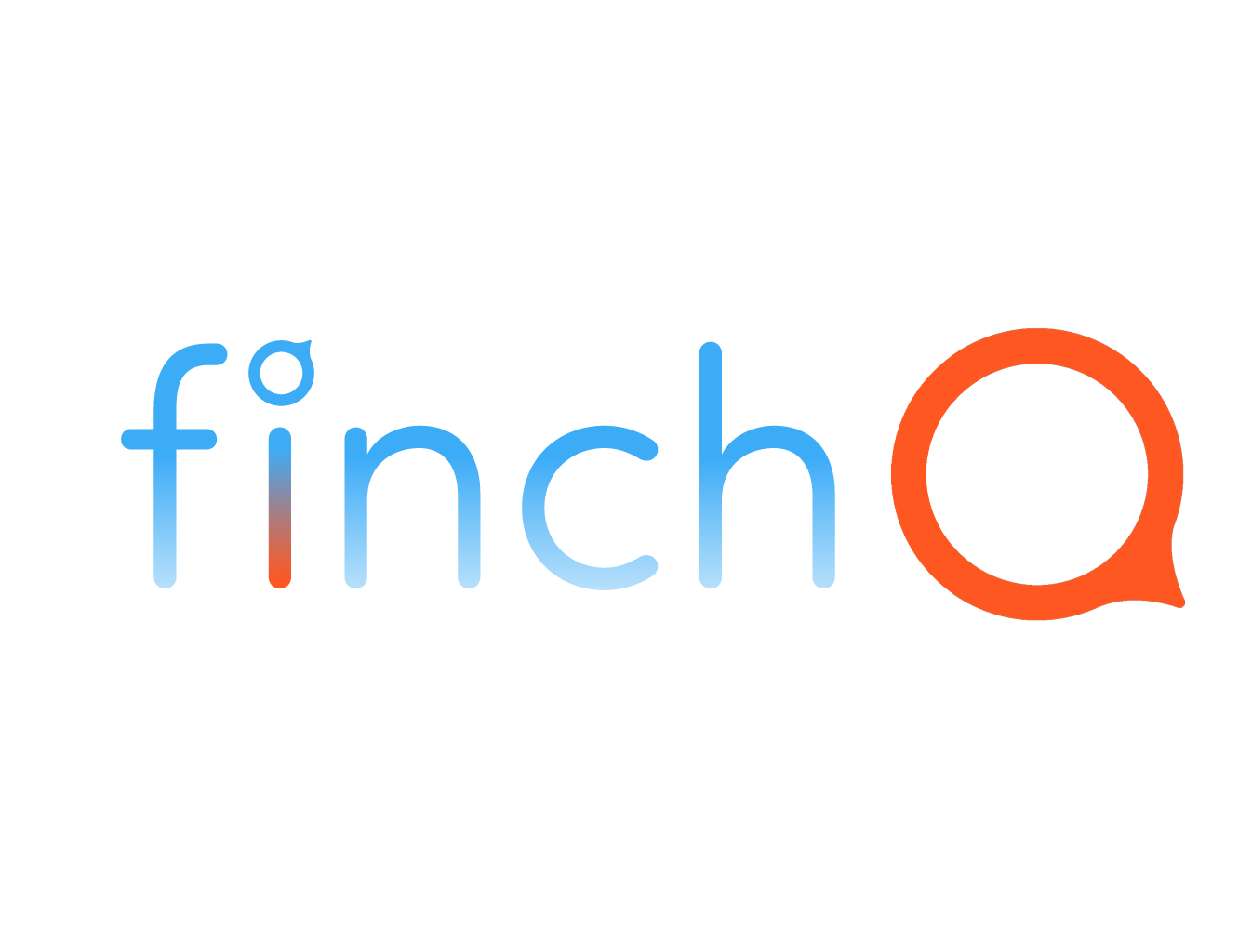Costs of a Heart Attack
Heart attacks, or myocardial infarctions, have profound health, emotional, and financial impacts. Understanding the cost associated with heart attacks, including the benefits of early versus delayed intervention, underscores the importance of prompt medical care and effective prevention strategies.
The financial burden of heart attacks is substantial. According to the American Heart Association, heart disease costs the U.S. approximately $219 billion each year, which includes health care services, medications, and lost productivity.
Immediate medical attention is crucial for heart attack patients, often resulting in emergency room visits and hospital stays. The average cost of hospitalization for a heart attack can exceed $20,000. Many heart attack patients require surgeries, such as angioplasty or coronary artery bypass grafting (CABG), followed by extensive rehabilitation. These treatments add significantly to overall expenses.
Surviving a heart attack often necessitates long-term medical care and lifestyle adjustments. This includes regular follow-up visits, medications, and cardiac rehabilitation programs, which aim to prevent future cardiac events and improve overall health. Prompt treatment during a heart attack can dramatically reduce the severity of the damage and improve outcomes. Early intervention typically includes medications like thrombolytics to dissolve clots or surgical procedures to restore blood flow to the heart.
Early treatment can limit heart muscle damage, improving survival rates and reducing the risk of complications. Patients treated promptly are more likely to recover fully and regain their quality of life. Early intervention can reduce the need for extensive rehabilitation and long-term care, leading to significant cost savings. According to studies, timely percutaneous coronary intervention (PCI) can save thousands of dollars per patient in medical costs.
Delayed treatment can lead to more extensive heart damage, resulting in longer hospital stays, increased rehabilitation needs, and higher long-term care costs.
Patients who do not receive immediate treatment are more likely to suffer severe complications, such as heart failure, arrhythmias, or recurrent heart attacks, which can diminish their quality of life and increase mortality risk.
The need for advanced medical treatments, prolonged rehabilitation, and long-term care significantly increases with delayed intervention, adding financial strain on healthcare systems and families.
Heart attacks can lead to a wide range of physical complications, including chronic pain, fatigue, and reduced physical capacity. These complications often require ongoing medical management and lifestyle adjustments.
Many heart attack survivors experience chronic chest pain (angina) and fatigue, which can interfere with daily activities and reduce quality of life.
Severe heart attacks can lead to disabilities, making it difficult for individuals to perform daily tasks independently. This may require support from family members or professional caregivers.
The emotional and psychological toll of a heart attack can be significant for both survivors and their families.
The experience of a heart attack can lead to depression and anxiety due to changes in physical abilities and fear of recurrent cardiac events. This requires ongoing mental health support and treatment.
Family members and caregivers often face considerable stress and emotional strain while providing care and support to heart attack survivors, impacting their health and well-being.
Heart attacks significantly increase mortality rates, particularly when treatment is delayed. The American Heart Association reports that heart disease is the leading cause of death in the United States. Prompt medical intervention can reduce mortality rates, but delayed treatment often results in higher death rates and reduced life expectancy.
Complications from heart attacks, such as heart failure, recurrent heart attacks, and sudden cardiac arrest, can shorten lifespan and increase mortality risk.
Survivors of an initial heart attack are at higher risk of subsequent heart attacks, which can further reduce life expectancy and increase healthcare costs.
Preventing heart attacks is crucial to reducing their incidence and associated costs. Effective prevention strategies include lifestyle modifications, medical management, and regular health screenings.
Adopting a healthy diet, engaging in regular physical activity, quitting smoking, and limiting alcohol consumption can significantly reduce heart attack risk.
Managing chronic conditions such as hypertension, diabetes, and high cholesterol is essential for heart attack prevention. Regular medication adherence and monitoring can help control these risk factors.
Regular health check-ups and screenings for conditions like high blood pressure and high cholesterol can help identify and manage heart attack risk factors early.
The cost of heart attacks encompasses direct medical expenses, long-term care costs, and the profound impact on quality of life and lifespan. Early intervention can significantly improve outcomes and reduce costs, highlighting the importance of prompt medical care. By focusing on prevention and timely treatment, we can mitigate the financial and emotional burden of heart attacks, improving health outcomes for individuals and communities.
References
1. [American Heart Association](https://www.heart.org/en/health-topics/heart-attack)
2. [Centers for Disease Control and Prevention (CDC)](https://www.cdc.gov/heartdisease/facts.htm)
3. [Journal of the American Heart Association](https://www.ahajournals.org/journal/cir)
